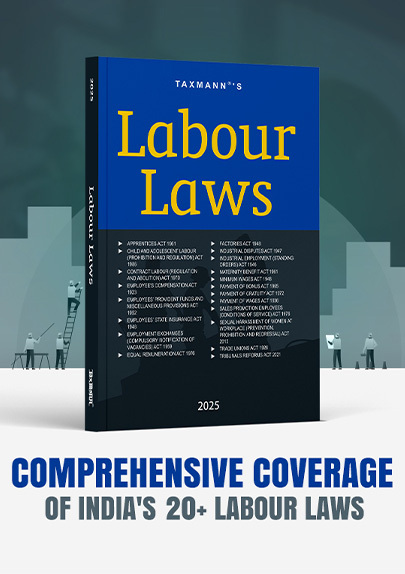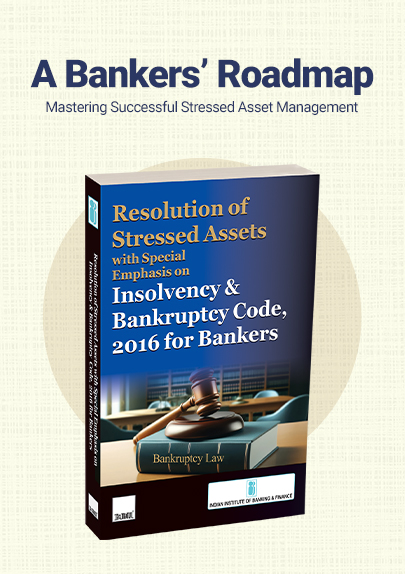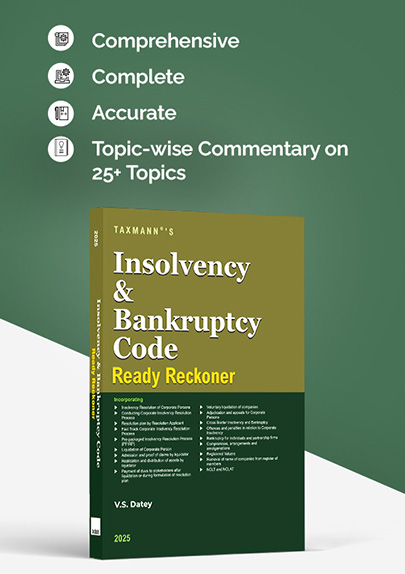[Opinion] Decoding the Asset Ceiling in Ind AS 19 | Ensuring Accurate Financial Reporting
- News|Blog|Account & Audit|
- 2 Min Read
- By Taxmann
- |
- Last Updated on 16 December, 2024
CA Siddharth Patel – [2024] 169 taxmann.com 286 (Article)
1. Introduction
Ind AS 19 deals with the accounting and disclosure of employee benefits, including defined benefit plans such as pensions and gratuities. When a defined benefit plan is in surplus (i.e., the fair value of plan assets exceeds the present value of defined benefit obligations), it raises the question of how much of that surplus can be recognized as an asset in the financial statements. This is where the concept of the asset ceiling comes into play.
Ind AS 19 mandates an entity to recognize the liability as per the provision of the standard but it does not obligate the entity to have an earmarked fund to settle such liability, considering there are no statutory requirement to create a fund. However, if an entity chooses to fund such liability, it needs to net off it to the extent of funding available in its Financial Statement.
For example, if the defined benefit plan liability recognized under the provisions of Ind AS 19 amounts to Rs. 100, and the entity has an earmarked fund of Rs. 40 to offset this liability, the net defined benefit liability at the end of the reporting period would be Rs. 60 (i.e., Rs. 100 – Rs. 40). Para 8 of Ind AS 19 clarifies the adjustment of asset against the liability through the definition of net defined benefit liability (asset) as explained hereunder: –
The net defined benefit liability (asset) is the deficit or surplus, adjusted for any effect of limiting a net defined benefit asset to the asset ceiling.
The deficit or surplus is:
(a) the present value of the defined benefit obligation less
(b) the fair value of plan assets (if any).
The article broadly covers the following aspects:
- What is asset ceiling?
- Why does funding exceed the liability?
- Why the asset ceiling restriction?
- How to measure the asset ceiling amount?
- How to account the asset ceiling restriction? and
- Conclusion
2. What is asset ceiling?
There may be cases where an entity has excess funding exceeding the amount of its obligation in which case such excess funding is adjusted against the defined benefit plan liability and the net defined benefit asset is shown in the financial statements. However, there is a limit up to which such excess funding can be adjusted against the liability and this is where the concept of asset ceiling comes into play.
First, let’s understand the definition of asset ceiling as given in paragraph 8 of Ind AS 19.
Asset ceiling: The asset ceiling is the present value of any economic benefits available in the form of refunds from the plan or reductions in future contributions to the plan.
Additionally, attention is drawn to Paragraph 64 of Ind AS 19, which specifies the restriction on recognizing surplus up to the asset ceiling limit. The relevant extract of Paragraph 64 is provided below for reference.
64 When an entity has a surplus in a defined benefit plan, it shall measure the net defined benefit asset at the lower of:
(a) the surplus in the defined benefit plan; and
(b) the asset ceiling, determined using the discount rate specified in paragraph 83.
Click Here To Read The Full Article
Disclaimer: The content/information published on the website is only for general information of the user and shall not be construed as legal advice. While the Taxmann has exercised reasonable efforts to ensure the veracity of information/content published, Taxmann shall be under no liability in any manner whatsoever for incorrect information, if any.

Taxmann Publications has a dedicated in-house Research & Editorial Team. This team consists of a team of Chartered Accountants, Company Secretaries, and Lawyers. This team works under the guidance and supervision of editor-in-chief Mr Rakesh Bhargava.
The Research and Editorial Team is responsible for developing reliable and accurate content for the readers. The team follows the six-sigma approach to achieve the benchmark of zero error in its publications and research platforms. The team ensures that the following publication guidelines are thoroughly followed while developing the content:
- The statutory material is obtained only from the authorized and reliable sources
- All the latest developments in the judicial and legislative fields are covered
- Prepare the analytical write-ups on current, controversial, and important issues to help the readers to understand the concept and its implications
- Every content published by Taxmann is complete, accurate and lucid
- All evidence-based statements are supported with proper reference to Section, Circular No., Notification No. or citations
- The golden rules of grammar, style and consistency are thoroughly followed
- Font and size that’s easy to read and remain consistent across all imprint and digital publications are applied






 CA | CS | CMA
CA | CS | CMA


